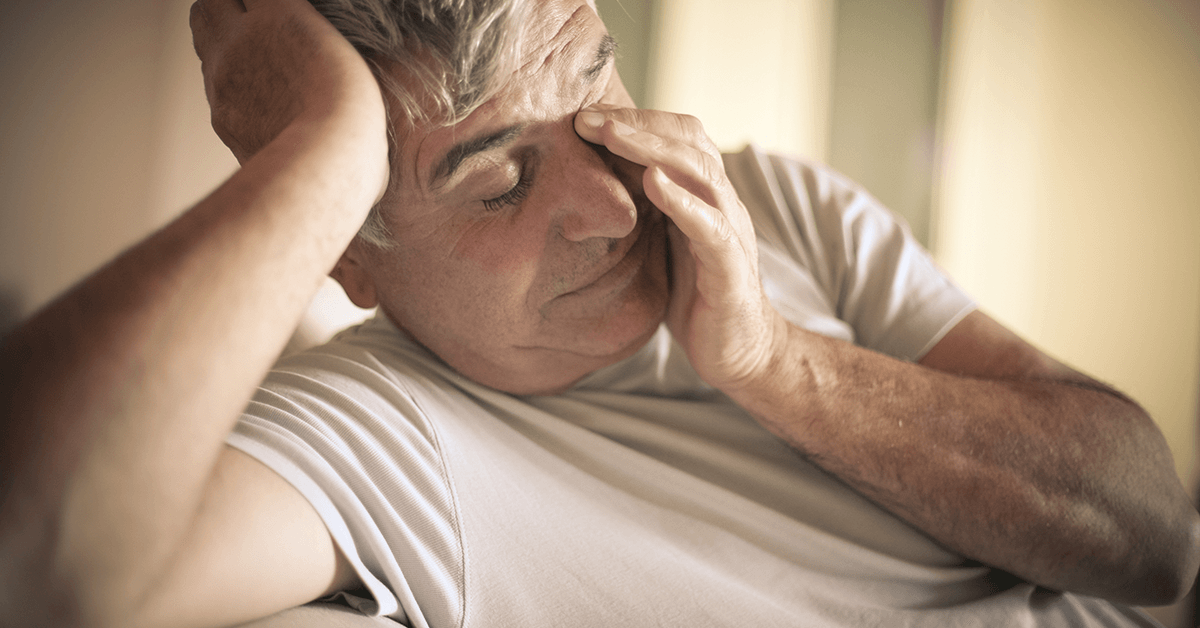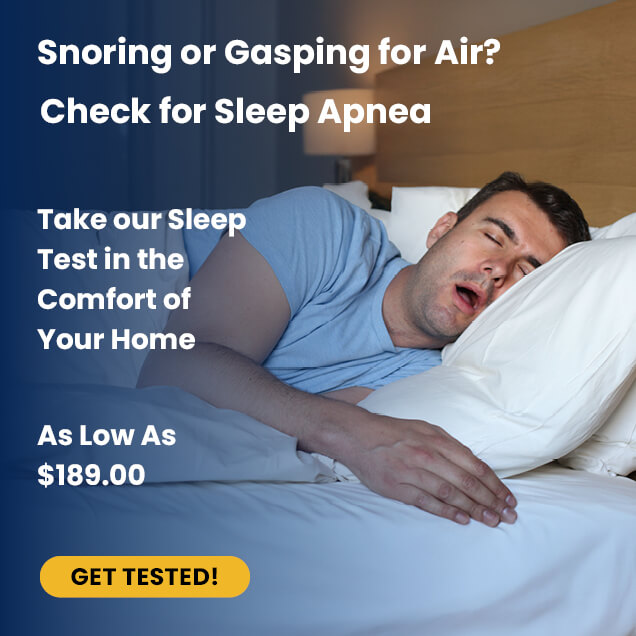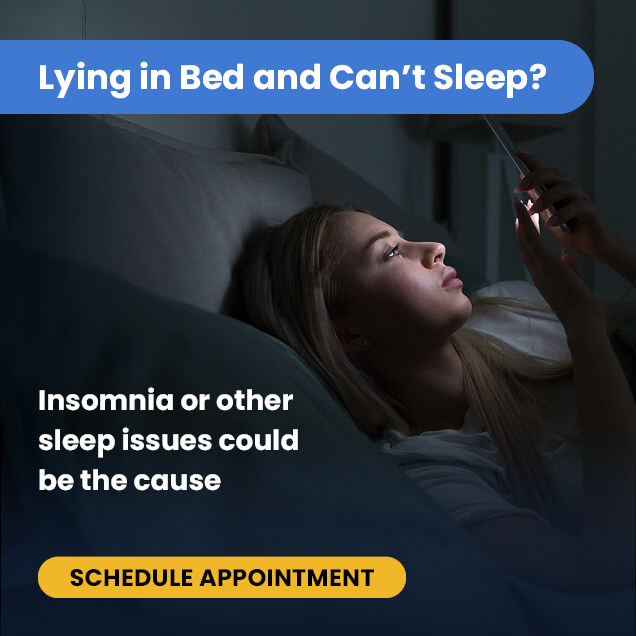Use the player to listen to the article and/or continue to read below.
What is OSA? | How is OSA Different From Snoring? | Major Tell-Tale Signs & Symptoms | Daytime Symptoms and Other Warning Signs | Diagnosis | Types of OSA & Risk Factors
Introduction
At the 2018 International Conference of the American Thoracic Society, ResMed released some interesting stats about Obstructive Sleep Apnea (OSA):
- 75% of severe sleeping disorder cases, including sleep apnea, remain undiagnosed. OSA is an independent risk factor for hypertension.
- 43% of patients with mild OSA and 69% of patients with severe OSA have hypertension.
- People with moderate to severe sleep apnea have an up to a 15-fold increase of being involved in a traffic accident.[1]
That same year, BusinessWire in one of their May articles reported that “nearly 1 billion people worldwide have OSA” – which is ten times the official estimate (100 million) in 2017.[2] Mind you, BusinessWire’s figure isn’t a wild guess. It’s a valid stat based on data from the United Nations and the World Health Organization.
The number of people affected by OSA keeps increasing every year. Most times, people who have sleeping disorders don’t realize they have them.[3] What’s worse is that apart from the everyday fatigue caused by OSA, when left untreated, the disease also has harmful long-term health risks like stroke, diabetes, heart attack, and depression.
Read on to learn more about OSA, CSA, and Complex Sleep Apnea.
What Is OSA?
Obstructive Sleep Apnea (OSA) is a chronic sleep disorder that causes a person to snore loudly, and their breathing to repeatedly pause during sleep. This involuntary and unconscious pausing of breathing may happen hundreds of times per night.
If OSA goes undiagnosed, it could lead to work-related accidents, job impairment, and motor vehicle crashes. The disorder also sometimes causes adolescents and children to perform below par in their school activities.[4]
How Is OSA Different From Snoring?
It can be hard to differentiate OSA from just snoring. Just because you snore doesn’t mean you have sleep apnea. To know whether you have sleep apnea or not, be mindful of how energetic you feel during the daytime.
However, because OSA disturbs the flow of breath intermittently, you may wake up not feeling all that refreshed and energized. During the day, you may observe that you feel exhausted and sleepy. You may also find that you’re not feeling productive or mentally sharp the way you ought to feel.
A second way to tell if you’re suffering from OSA is to record yourself while sleeping. If you have a sleep partner, ask them to observe how frequent and loud your snoring is, and if you are making choking, gasping, or other odd sounds as these are tell-tale signs of sleep apnea.[5]
Major Tell-Tale Signs of OSA
- Loud snoring
- Making choking, snorting, or gasping noises
- Breathing that repeatedly pauses
- Waking up several times in a night feeling breathless
- Insomnia[6]
Daytime Symptoms and Other Warning Signs
- Extreme tiredness and daytime sleepiness even when you go to bed early
- Uncharacteristic moodiness, depression, or irritability
- Inability to concentrate
- Morning headaches
- Difficulty concentrating and forgetfulness
- Waking up with a sore throat or a dry mouth
- Frequent nighttime urination[7]
- Impotence
- Sexual dysfunction
- Night sweats
- Headaches
Diagnosis
OSA’s most notable symptoms include frequent awakenings at night, daytime drowsiness, and snoring; however, further physical examination and tests can help confirm a diagnosis.
During the physical check-up, the doctor will examine the mouth, back of the throat, nose for swelling, enlargement of tissues, or other abnormalities. The doctor might measure the waist and neck circumference and check blood pressure to ascertain OSA’s possible causes.
Diagnostic Tools
1. Polysomnography (sleep study at a sleep center)
2. Home sleep studies like those provided by MHSleepTesting.com
An AHI: Apnea hypopnea index of at least 5 in either polysomnography or home sleep study is required to be classified as OSA.
The Severity of Sleep Apnea Based on AHI:
1. AHI of 0-5: No Sleep Apnea
2. AHI: 5-15: Mild OSA
3. AHI: 15-30: Moderate OSA
4. AHI: >30 Severe OSA
Types of OSA & Risk Factors
Obstructive Sleep Apnea (OSA)
This type of sleep apnea is common among certain physiological types. OSA happens when the soft tissues at the back of the throat relax and block the airways during sleep; thereby causing snoring and intermittent pausing in breathing.
Risk Factors of OSA
- Being male
- Excess weight
- Large neck circumference (16 inches or wider for women and 17 inches or wider for men)
- Narrow airways caused by enlarged tonsils, genes, or inflamed adenoids (patches of tissue deep inside the throat and behind the nose)[8]
- Family history
- Menopause
- Old age
- Sedatives, tranquilizers, or alcohol
- Smoking
- Being Black, a Pacific Islander, or a Hispanic [9]
Central Sleep Apnea (CSA)
This type of sleep apnea is much less common, and it occurs due to the brain’s inability to send the right signals to the muscles responsible for breathing. People with CSA rarely snore.
Risk Factors of CSA
- Congestive heart failure
- Stroke
- Narcotic pain relievers, like opioid
- Middle-aged and older adults are at higher risk
Complex Sleep Apnea
Also called treatment-emergent central sleep apnea or mixed sleep apnea, a person is said to have this form of SA when they have both CSA and OSA at the same time.
Risk Factors of Complex Sleep Apnea
Since complex sleep apnea is a combination of OSA and CSA, its risk factors are the same for the other two forms of sleep apnea.
Conclusion
OSA is a chronic sleep disorder that can shorten your life by causing or exasperating deadly conditions, like diabetes, heart disease, and stroke.
Your quality of life is compromised due to fatigue, weight gain, headaches, depression, and an inability to concentrate. CSA and complex sleep apnea can also be detrimental to your health and longevity.
If you’re exhibiting symptoms, please take a moment to talk to your doctor. It can be a life-saver.
References:
- Resmed.com. 2020. [online] Available at: <https://www.resmed.com/us/dam/documents/products/dental/Narval-CC/facts-and-figures/1015527r4_Narval_MRD_FactsandFigures_web.pdf> [Accessed 25 October 2020].
- BusinessWire, B., 2020. Nearly 1 Billion People Worldwide Have Sleep Apnea, International Sleep Experts Estimate. [online] Businesswire.com. Available at: <https://www.businesswire.com/news/home/20180521005096/en/> [Accessed 25 October 2020].
- Punjabi, N., 2008. The Epidemiology Of Adult Obstructive Sleep Apnea. [online] US National Library of Medicine National Institutes of Health. Available at: <https://www.ncbi.nlm.nih.gov/pmc/articles/PMC2645248/> [Accessed 25 October 2020].
- Rakicevic, M., 2020. 31 Breathtaking Sleep Apnea Statistics Everyone Should Know. [online] DisturbMeNot!. Available at: <https://disturbmenot.co/sleep-apnea-statistics/#:~:text=According%20to%20a%20sleep%20study%2C%2010%25%20of%20men%20and%203,increases%20as%20we%20get%20older.> [Accessed 25 October 2020].
- Blogs, W., 2020. Sleep Apnea Basics. [online] WebMD. Available at: <https://www.webmd.com/sleep-disorders/sleep-apnea/sleep-apnea> [Accessed 25 October 2020].
- Helpguide.org. 2020. Sleep Apnea – Helpguide.Org. [online] Available at: <https://www.helpguide.org/articles/sleep/sleep-apnea.htm> [Accessed 25 October 2020].
- Medicalnewstoday.com. 2020. Sleep Apnea: Treatments, Causes, And Symptoms. [online] Available at: <https://www.medicalnewstoday.com/articles/178633> [Accessed 25 October 2020].
- Topics, H., 2020. Adenoids | Enlarged Adenoids | Adenoid Removal | Medlineplus. [online] Medlineplus.gov. Available at: <https://medlineplus.gov/adenoids.html#:~:text=Adenoids%20are%20a%20patch%20of,through%20the%20mouth%20and%20nose.> [Accessed 25 October 2020].
- Nhlbi.nih.gov. 2020. Sleep Apnea | NHLBI, NIH. [online] Available at: <https://www.nhlbi.nih.gov/health-topics/sleep-apnea> [Accessed 25 October 2020].






